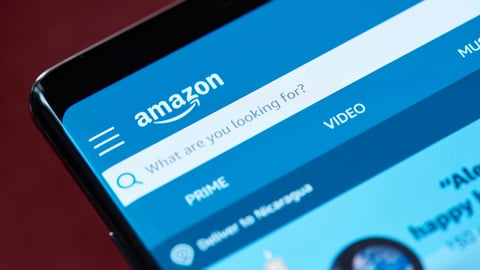Clorox’s Digital Playbook During COVID-19 Is ‘Us Plus Everyone Else’
Clorox remains head-down on integrating technology through every facet of its business, from employee collaboration to retail execution, CEO Linda Rendle shared, as the company navigates unprecedented demand spikes and readies for an eventual post-COVID-19 future.
Rendle, who took the reins in September, noted at the Bernstein Operational Decisions Conference that today’s customers “no longer expect things in weeks or days; they expect it in hours.” As such, Clorox continues on its path to digitizing its supply chain, ensuring the process has seamless data visibility so they can predict COVID-19 prompted demand spikes.
The company is also leveraging technology more heavily throughout its workforce, in no small part because of the pandemic. Gone are the days of big teams gathering together every month for all-day “big reveal” meetings without any data, followed by innovation teams continuing for another 30-60 days.
“We have to move much, much faster than that,” she said, and so Clorox has established new “squads” that meet up to five times a week depending on function. As such, these new operating rhythms have rapidly accelerated the pace of decision making.
Rendle also cited the diversity of the No. 83 consumer goods company’s workforce as an important component of leading innovation. “We're setting out through technology and through the way we work to create a more inclusive environment where we get the best ideas, where we get the broadest thinking across experiences.”
She noted that Clorox, which was named the most essential CG company by consumers earlier this year, wants to win with multicultural millennials, and “the only way you do that is by having a very broad perspective.”
While the company does have a discipline of IT associates, digital is integrated within all functions and businesses. Cleaning teams, for example, have their own digital set of resources who are thinking about spending against the consumer, while marketing teams are hiring their own digital workforces to execute these plans.
Developing this digital workforce has required a multi-layered approach, including bringing in new, digitally native talent; upskilling current employees; and building technology partnerships.
This last component includes playing off its local Bay Area status, with the region’s innovation hub offering Clorox an advantage.
“We are better when we're not just the [8,800] employees, but the people all around us in our ecosystem, our suppliers, our partners who help us develop products and communicate about them, and get us the right raw materials,” Rendle said. “We leverage their capabilities and their digital prowess to do that. And part of being in the Bay Area, we've tried to take advantage of being local.”
By being “us plus everybody else,” Clorox drops the costs of having to develop all tech in-house. (Though it still does selectively build certain things in-house.)
More than 60% of the company’s marketing spend today is online, and in developing its digital marketing strategies, the company remains focused on finding new customers, better understanding them, and serving more relevant content. As part of this, it’s shifting, and will continue to shift, trade spend more heavily on the digital side, though Rendle noted Clorox still sees traditional media like TV and radio playing a role.
She pointed out that the company doesn’t buy shelf space or screen space, instead allocating retail dollars toward introducing new innovation, capturing consumers during moments where they might forget to purchase products, and driving repeat sales.
“And that's the exact same thing for online, and we don't see it being any more expensive online to operate than we do in-store,” she said, adding: “We're building plans with retailers to grow categories. And that's how we approach all of the spending. And I think what we're always focused on is helping retailers solve problems that others can't.”
E-commerce is also providing Clorox with the opportunity to grow its international presence through affordable testing and learning via real-time data in countries it hadn’t entered in the past because of a lack of lifetime ROI.
“You can expect for us [to activate and execute] in the same way, but we're going to be aggressive about where we think our brand can add value for people around the world,” Rendle said.
And, make no mistake, Rendle and Clorox are nothing less than thrilled by the recent encouraging news regarding a COVID-19 vaccine, uplifted by the thoughts of being able to see their teammates in person again. The company also doesn’t view a vaccine as a detriment to its business opportunities, as past pandemics have indicated that many of these health-focused consumer behaviors will become ingrained.
People “tend to approach future pandemics or cold and flu seasons in a different way, and that has been true for a number of years,” she noted. “That's how we built the disinfecting wipes business that we invented and launched 20 years ago, is helping people in those moments of time where they were tested.”





